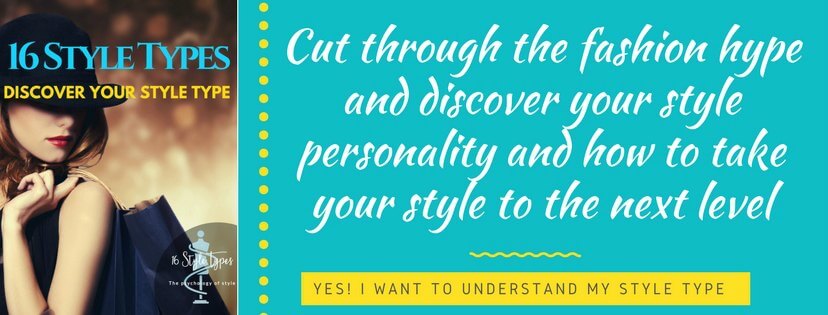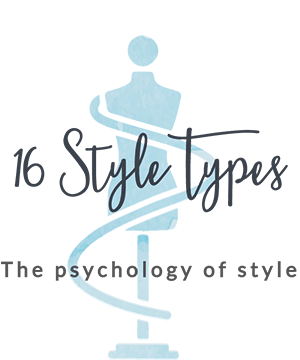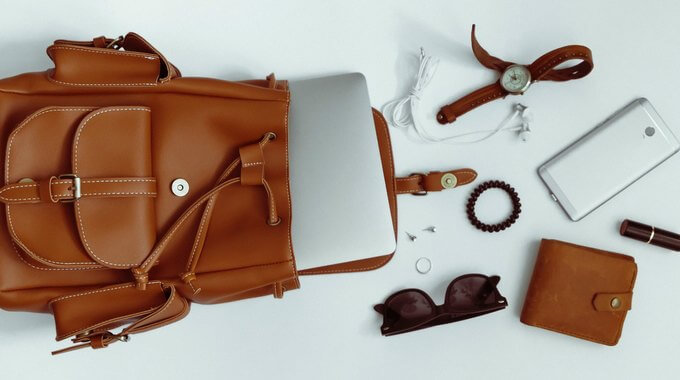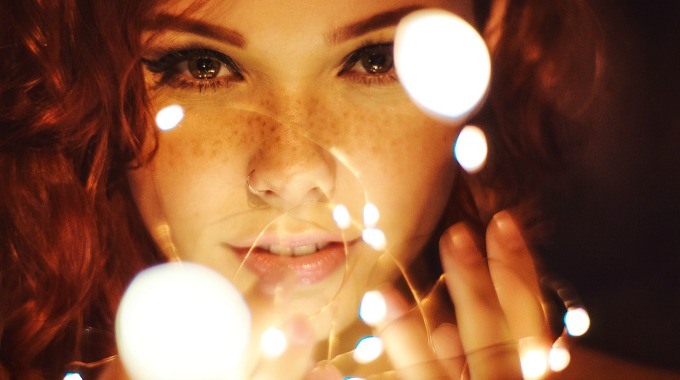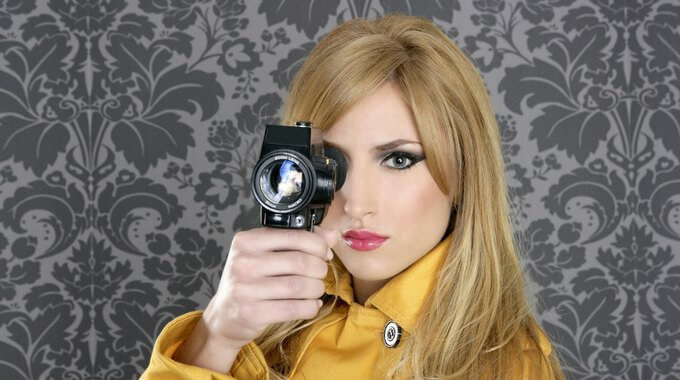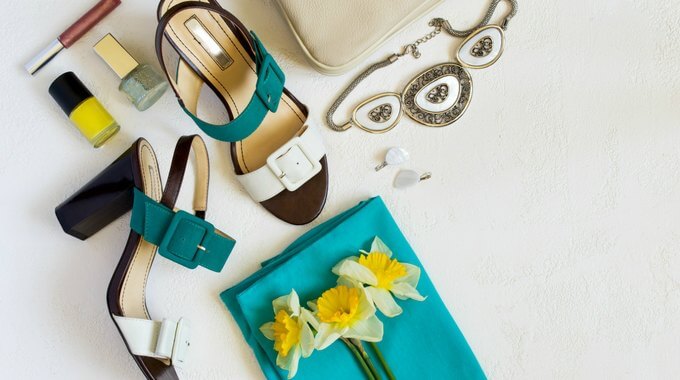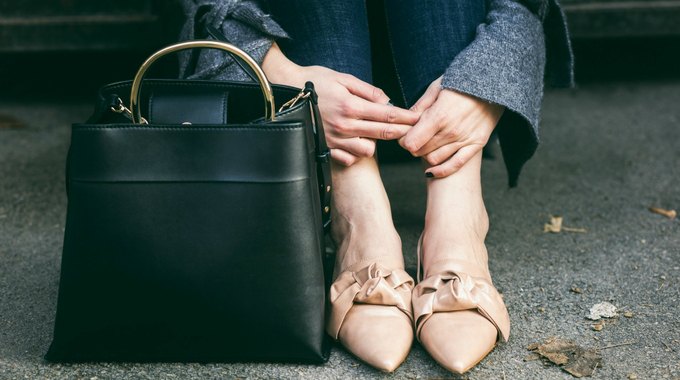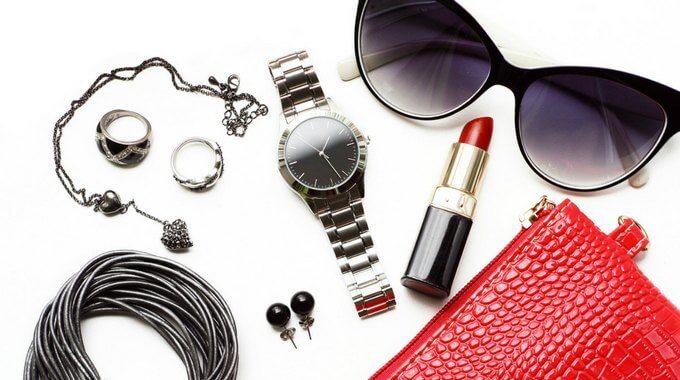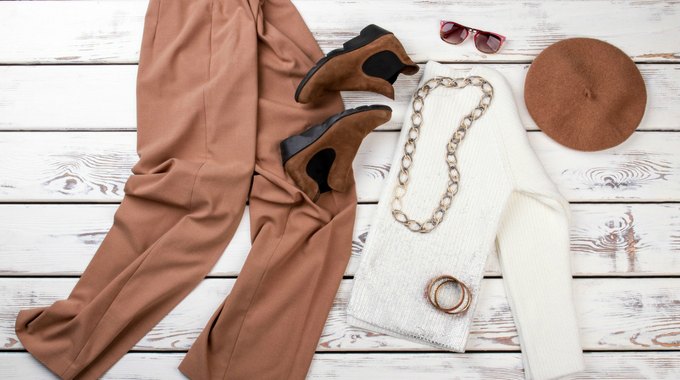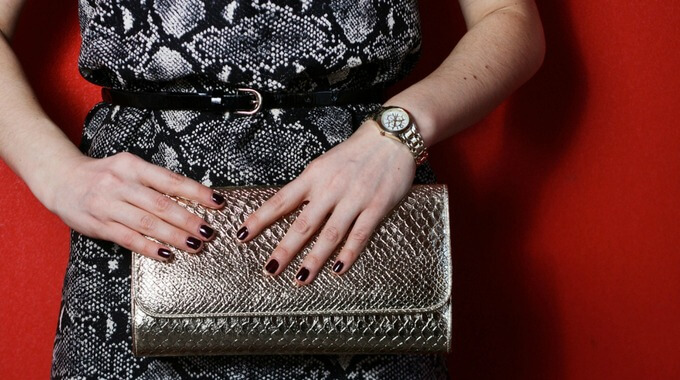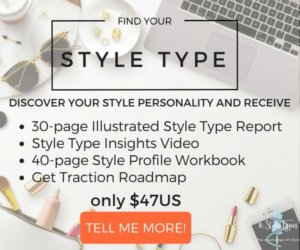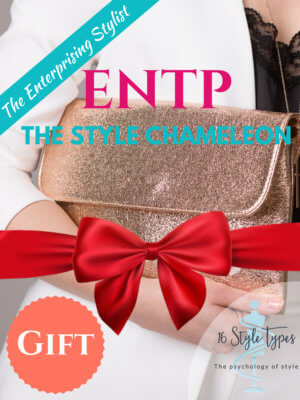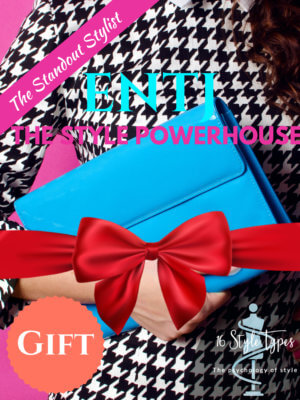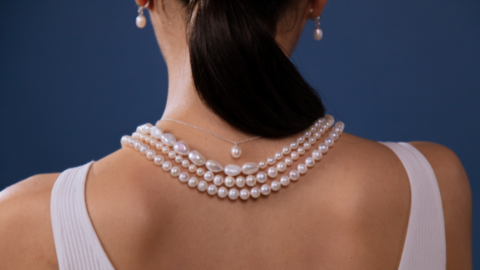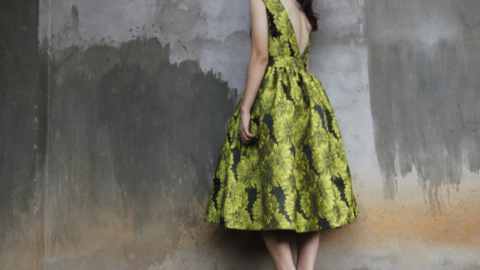So here’s an interesting question for you: What do you do when your personality and dressing style is out of step with your environment? How do you go about reconciling a need for creativity and uniqueness, say, if you work in a conservative work environment? Or say you have a classic, understated style but you are part of a highly creative social scene?
There are endless ways in which our personal needs for authentic style expression can meet with obstacles in our environment, spanning our professional lives through to the personal. It can be the cause of stress and some anxiety, leaving us feeling either uncertain of ourselves, or wildly out of step with others around us.
Watch The Video
In this video, Jill and Imogen discuss this issue. Included in their chat are some ways in which you can go about bridging the gap between how you want to dress and your style essence, and how you need to dress to make your life work – and still be true to yourself.
Standing Out
The issue of “standing out” is where this question started, with a reader sharing “I don’t want to stand out for the wrong reasons”.
That in itself is an interesting place to stop for a moment, and look around. Some interesting self-reflection questions are:
- What does standing out mean?
- If you were standing out, what would that look like — how would you be doing it?
- What would it feel like or what would you think about yourself if you were standing out?
- Is there such a thing as standing out for the wrong reasons, and for the right reasons? What’s the difference?
The definition of standing out might help us here. From vocabulary.com, we have this definition of standing out:
Be highly noticeable | Distinguish oneself | Be stubborn in resolution or resistance | Steer away from shore
Intriguing! To stand out can mean you are drawing attention to yourself, yes… and it can also mean you perform better at something than other people do…. Or that you stand up or offer resistance to somebody or something … It can also mean you direct the course; determine the direction of travelling.
Now doesn’t that put an interesting spin on the whole idea of standing out? Sure does to me!
This leads us further into our self-discovery, this time attaching some value judgments to this intriguing landscape of standing out:
- What does standing out for the wrong reasons mean?
- What about for the right reasons? What are the right reasons?
- It okay to stand out, if the reasons are right?
- Is it ever okay to stand out for the wrong reasons? What would be the consequences of that happening?
How tricky this territory can be! And how fascinating! It’s an interesting exercise — take a moment now to sit with those questions and see what answers come up for you.
Awareness is Always Step #1
When it comes to solutions, the short answer is there isn’t a neat, tidy formula that applies to everybody in all circumstances when they find themselves grappling with incongruency between their style essence and the expected style expression of their circumstances.
Whatever else you end up doing, the first step is always awareness — what style norms are expected in the environment you’re in? What is your natural style, what feels authentic and true for you? And what’s the gap between those two?
They seem like simple questions, don’t they? And yet each one represents a depth of exploration that are worthy of time and attention to really give them their due. Discovering your true, authentic style, for example, can take years.
Bridging the Gap
Here’s some thoughts in no particular order which can help you work out your own solutions to bridging any gap that exists between your true authentic style and the style expectations around you.
- How important is it for you to blend in or at least not stand out so much? If the circumstances are important — a job you love or a client you care for or a social situation that means something to you — you may be more inclined to do more bending with your style than you’d normally like, to make the situation work.
- What small touches can you include into your outfit that speak to your sense of authentic style and make you feel like you’re still “you”? These small touches could be anything as small as a piece of subtle jewellery — say a pair of small diamanté earrings that happen to be in the shape of a skull — only those getting up close & personal will ever see the skull – but you know you’re wearing them! There are innumerable small yet significant ways you can add in Interesting to your look.
- Which direction do you need to flex in? If in a conservative work environment, the direction to bend in is the more traditional dressing styles. How can you borrow from the Classic dressing style enough to bridge the gap, and still feel like you? Or do you need to flex more toward creative, or relaxed, or feminine, or some other style expression and dressing style?
- Where are your style values? All of us have style values, even if we aren’t entirely conscious of them, and we certainly know when they are transgressed. If you have some awareness of your values around style, how can you use those to guide you into making the right balanced decisions, so you don’t tip too far in a direction that leaves you feeling off-center and inauthentic? What lines simply cannot be crossed? What is non-negotiable for you when it comes to style?
- Are there style rules? Sometimes our environment makes it super easy for us, say in particular work situations or even in social situations where there are uniforms or stated dress policies that one is expected to conform to. Most social situations have an unspoken dress code, but of course that can be tricky territory, too — you can often only know what those style norms are when you’ve gone in the opposite direction of them!
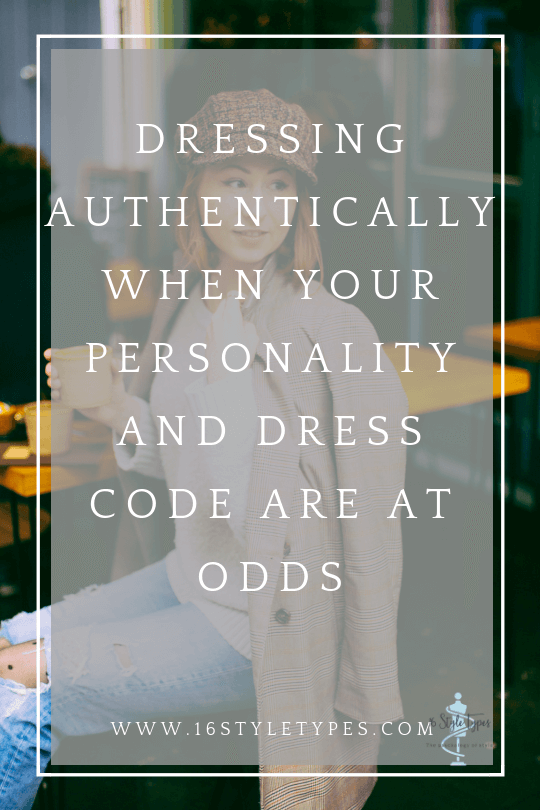
Can we talk about Madonna?
We pick up on inauthenticity quickly and easily. We may not know what’s “off”, but something just doesn’t look or feel right. We look at someone who is inauthentically dressed, and we raise an eyebrow or furrow our brow or cock our head sideways, trying to make sense of what we’re seeing… but no matter how much we look, what we’re seeing is just … wrong.
This is less judgmental than it sounds, and is part of what makes us uniquely human: our ability to pick up the signals of our fellow homo sapiens are sending and to translate those signals into meaningful data. This data is then used to make decisions. All this happens in the blink of an eye.
And of course as we know, clothing is one of the most obvious and powerful signalling devices we have at our disposal.
So when Madonna appeared at the launch of her children’s book, The English Roses, wearing a floral sheath dress, heads turned. Cameras clicked. And then brows were furrowed, eyebrows were raised, and those same turned heads were scratched.
What on earth was she wearing?
Was this an attempt to dress in a way that mirrored her book – was she, in fact, wearing “english roses”? A literal take on her book, perhaps?
Or was she trying to be ladylike and feminine, so as to appeal to the mothers who would no doubt be purchasing this book for their wee ones? The look had very classic and conservative lines – perhaps she was trying to appeal to the upper-class parent for whom the classic and conservative is revered?
Whatever it was about, here’s two things we can say with some certainty: Firstly, the look was deliberately chosen — there was nothing random about that outfit being worn on that occasion. And secondly, the look Madonna chose that day was just strange. It’s a look went beyond the boundaries of what we think of when we think of Madonna.
The overall effect was of someone trying to look like someone she isn’t.
Madonna is an intriguing study. Without spending time with her and working through a proper self-discovery Type process, we’ll never know what her Style Type is for sure.
But if we had to guess from afar, the Resourceful Stylist, ESTP: The Style Explorer is a pretty good guess.
Here’s a brief snapshot of ESTPs:
ESTPs are laid-back, up-beat people who have excellent abilities to problem solve and persuade in the moment. Thriving when in motion, they are usually in a state of momentum, and often enjoy many and varied pursuits. Pragmatic doers, they are unconstrained by rules and past ways of doing things and are often at the center of the action. They savor life in its many forms and are often drawn to adventurous behavior others may consider risky.
For ESTPs, being adaptable is part of their authentic style journey.
This is why this works for Madonna so well, and a big part of the reason why we believe ESTP could be a good fit Style Type for her. When you think being style adaptable, you think Madonna! She’s the ultimate changling, the ultimate resourceful stylist, the ultimate style explorer.
For other Style Types, too much adaptability takes them away from their authentic style. And of course this is the huge value in understanding your style essence — which is what your Style Types Report provides you — you understand what your style pillars and values are, and where something like adaptability fits into it.
Which can keep you firmly authentic in your style expression, knowing what works for you (and what doesn’t) from the inside out.
And this is yet another reason why copying a celebrity’s style approach can fall so flat, or fail so miserably. It’s not because they’re better than us – it’s because they’re different to us.
When we look at the various ways Madonna has expressed herself over the decades, we see a huge variation in her looks.
And all these looks are part of her — this resourceful changing-up suits her, it seems true for her and to her.
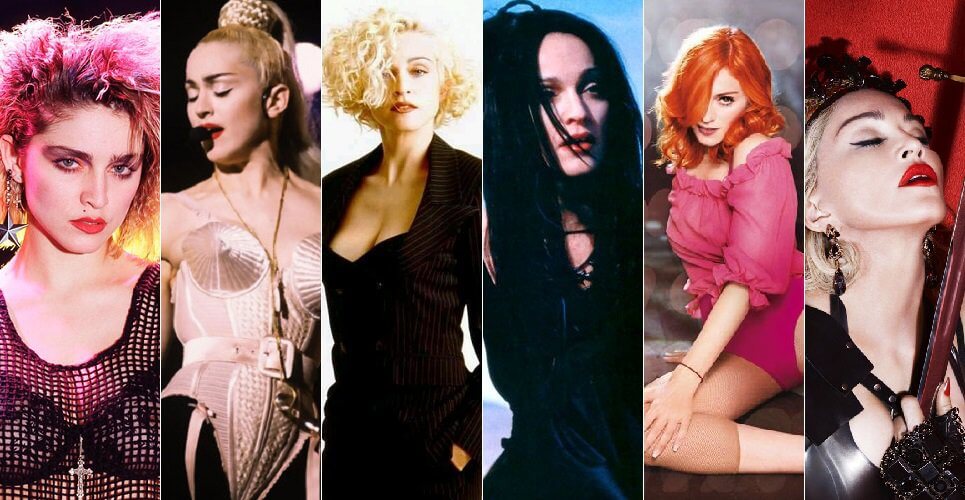
The ultimate changling — Madonna and her many looks over the decades
So why did this ladylike floral sheath not just fit in with that general vibe of adaptability?
The answer seems to lie somewhere in the landscape of adaptability, and that Madonna went way outside her authentic style landscape of adaptability. Instead of the floral sheath being part of her adaptability, it was an attempt to be someone she wasn’t, and isn’t.
In that dress, she wasn’t adapting – she was impersonating. She wasn’t being resourceful, she was being an imposter. She wasn’t changing it up – she was wearing a costume.
We simply didn’t believe her when she was wearing that dress.
Back to you
To finish on a high note, let’s return our attention to you. Dressing in a way that is authentic always starts with an understanding of who you are. We have met many women who have somehow lost that connection, and by exploring and identifying their Style Type, they have returned home to themselves, and who they really are.
When you discover your authentic true style by reconnecting with your style essence, you start to feel like your clothes really are an expression of you rather than a costume you put on.
You stop feeling like you’re playing dress-ups or are an imposter.
You start mapping and traveling your authentic, true, and unique style journey – a journey unlike any other woman’s, one where you are your own style muse and your most trusted style confidante.
